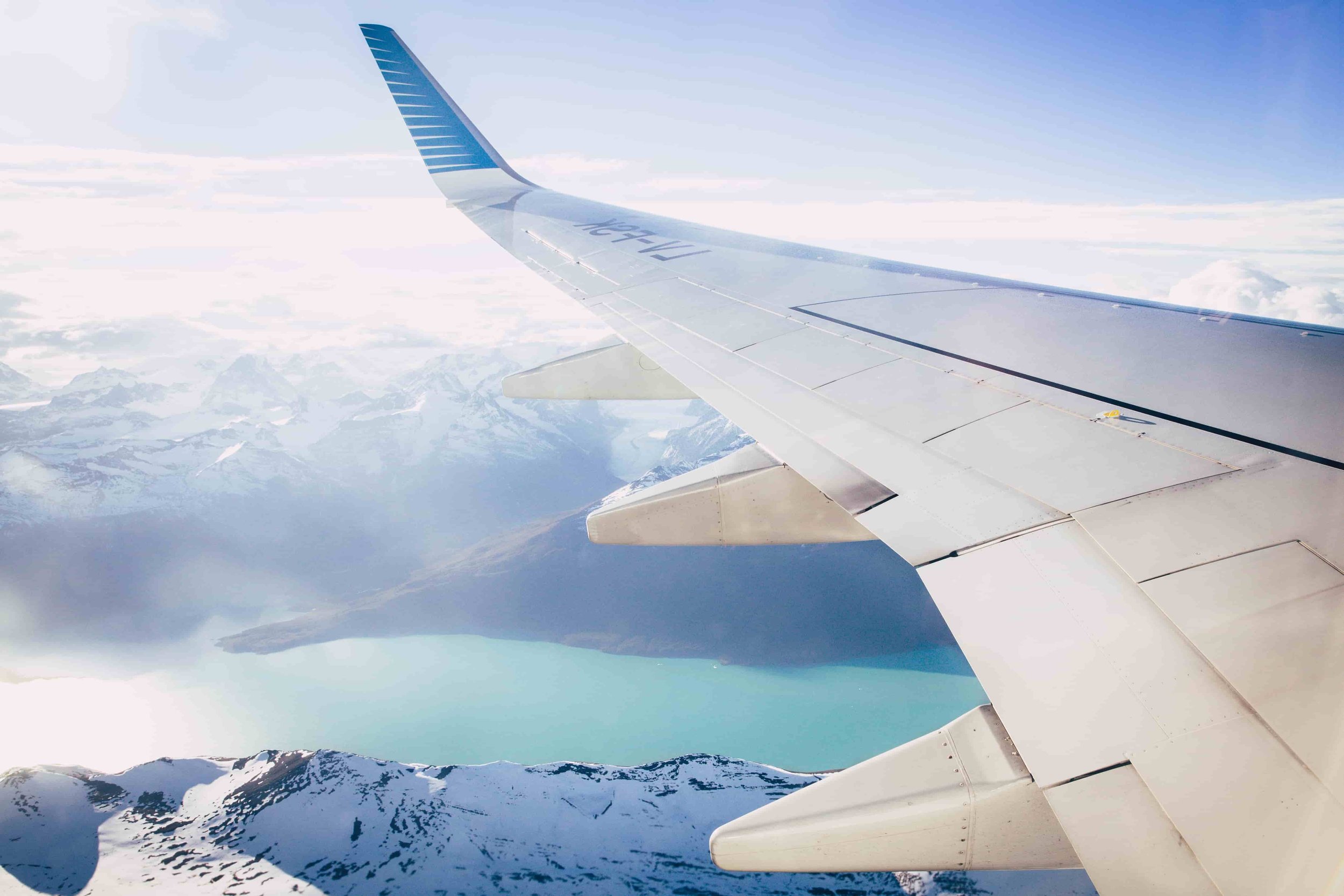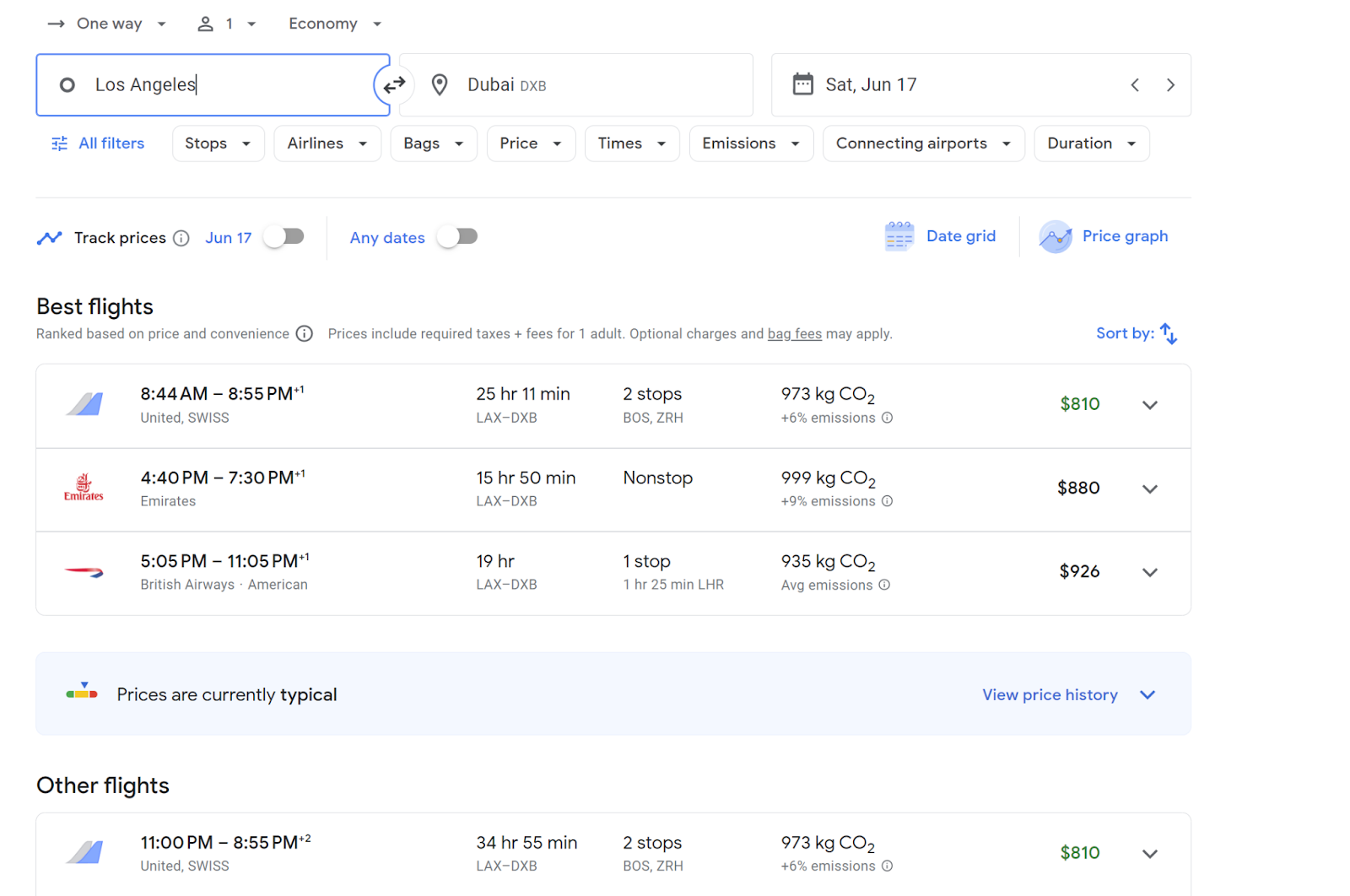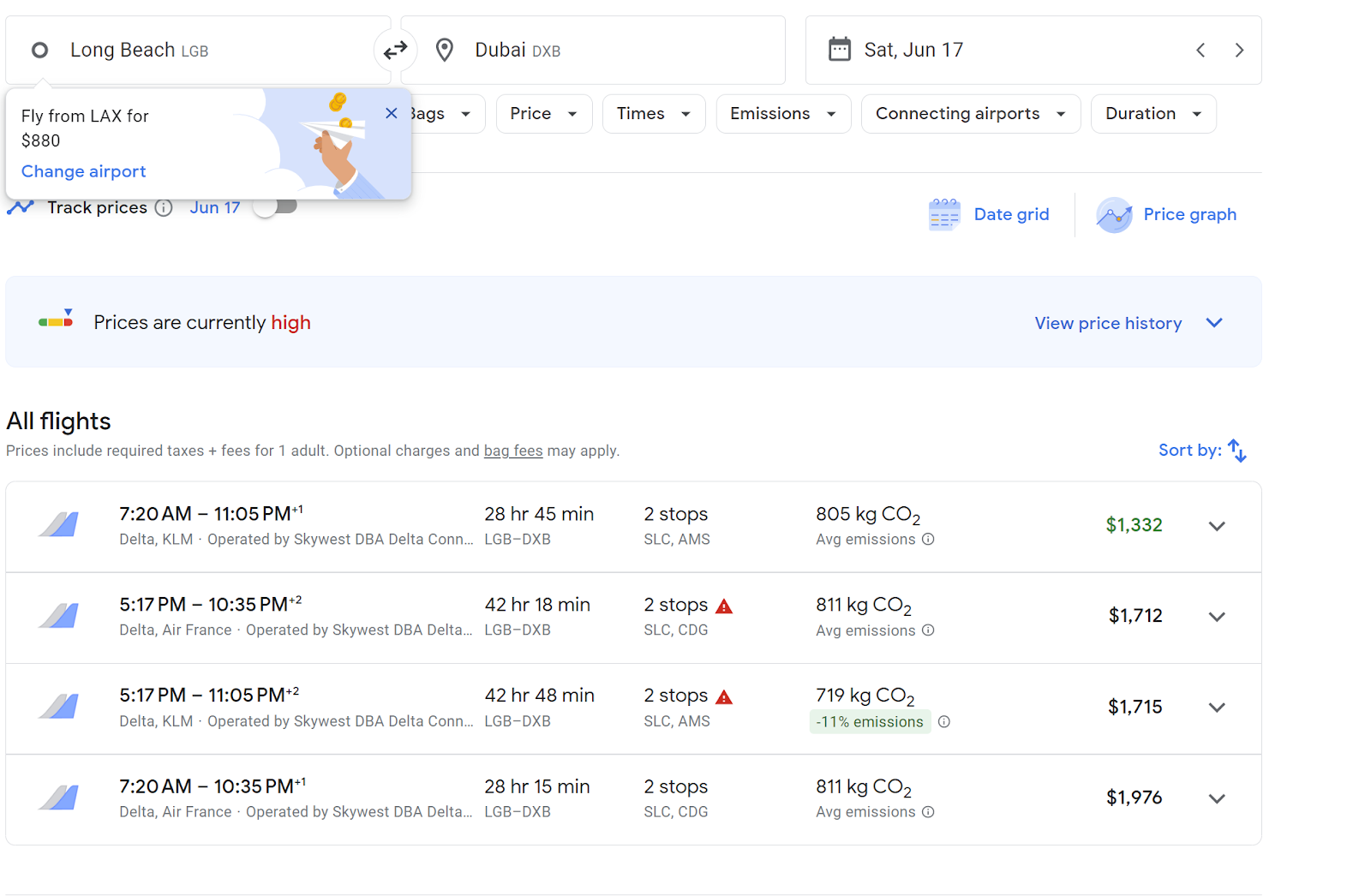Getting in touch with locals is the perfect way to engage meaningfully with all a destination has to offer.
A meal shared in the Philippines. Avel Chuklanov. CC0 1.0
Whether you are growing distrustful of hyped social media recommendations when traveling somewhere new or are merely trying to find a way to support locals on your journey, there are many ways to create an enjoyable trip while experiencing the beauty of a city from the perspective of one of its inhabitants. From sharing meals to discovering the delights of a city beyond mere tourist attractions, engaging with locals is an excellent way to enjoy the unadulterated beauty of a destination.
For many, part of immersing themselves in a culture revolves around the dinner table. Although both dives and upscale restaurants offer a plethora of meal-sharing experiences, there is nothing like enjoying a home-cooked meal. Spanning 6 continents, Traveling Spoon connects travelers with locals hoping to welcome tourists to their culture through the power of food. Whether it be a traditional cooking class using family recipes in Ecuador or gaining new insight into French cuisine through a vinegar tour in Cognac, the website provides a variety of options for travelers to experience a full range of culinary experiences. From market tours to cooking classes, Traveling Spoon cultivates connections and allows those coming from near or far to feel at home when abroad.
Similar to Traveling Spoon, Eat With is a popular sight for travelers looking to get an authentic food experience. While Traveling Spoon offers more destinations, eatwith.com is a good source for those visiting major cities such as New York, Rome and Paris. Both sites offer experiences as low as $15, but some vendors can charge into the hundreds of dollars depending on the city and precise details of the experience.
With 151 destinations spanning 40 countries, theInternational Greeter Association is a non-profit offering free walking tours around various cities. Started in 1992 in New York City, this free-of-charge service is now expanding again after the Covid-19 pandemic. The greeter network is composed of passionate locals looking to show off what their city has to offer and to provide a friendly face to those visiting.
The not-for-profit nature of the organization makes utilizing the International Greeter Association an excellent way for tourists to engage with a city and its culture from an insider's perspective; learning about local gems, using public transport and discussing the greeter’s personal relationship with their city can be a great way to engage on with a destination on a whole new level, and maybe make a friend along the way.
Although social media is riddled with hyped restaurants and attractions that can make searching for cultural authenticity difficult, following creators that unveil local secrets is an excellent way to leverage new technology. For example, Elizabeth and Sophie Michilli are a mother-daughter duo from Italy who showcase their experiences in Puglia and Rome, highlighting local favorite restaurants and boutiques. Though it can be difficult to navigate through sponsored and algorithmically recommended content, using social media as a tool to engage with local creators can be an effective way to meaningfully tailor your trip to support local establishments.
Nicola DeGregorio
Nicola is studying English Literature at George Washington University, where she also reports for the student newspaper, The Hatchet. Nicola's passion for literature and writing has sparked an interest in exploring the broader context surrounding written texts. Researching and writing for Catalyst Planet allows her to investigate nuanced issues that intersect with her interests in art history, culinary practices, and cultural traditions.









